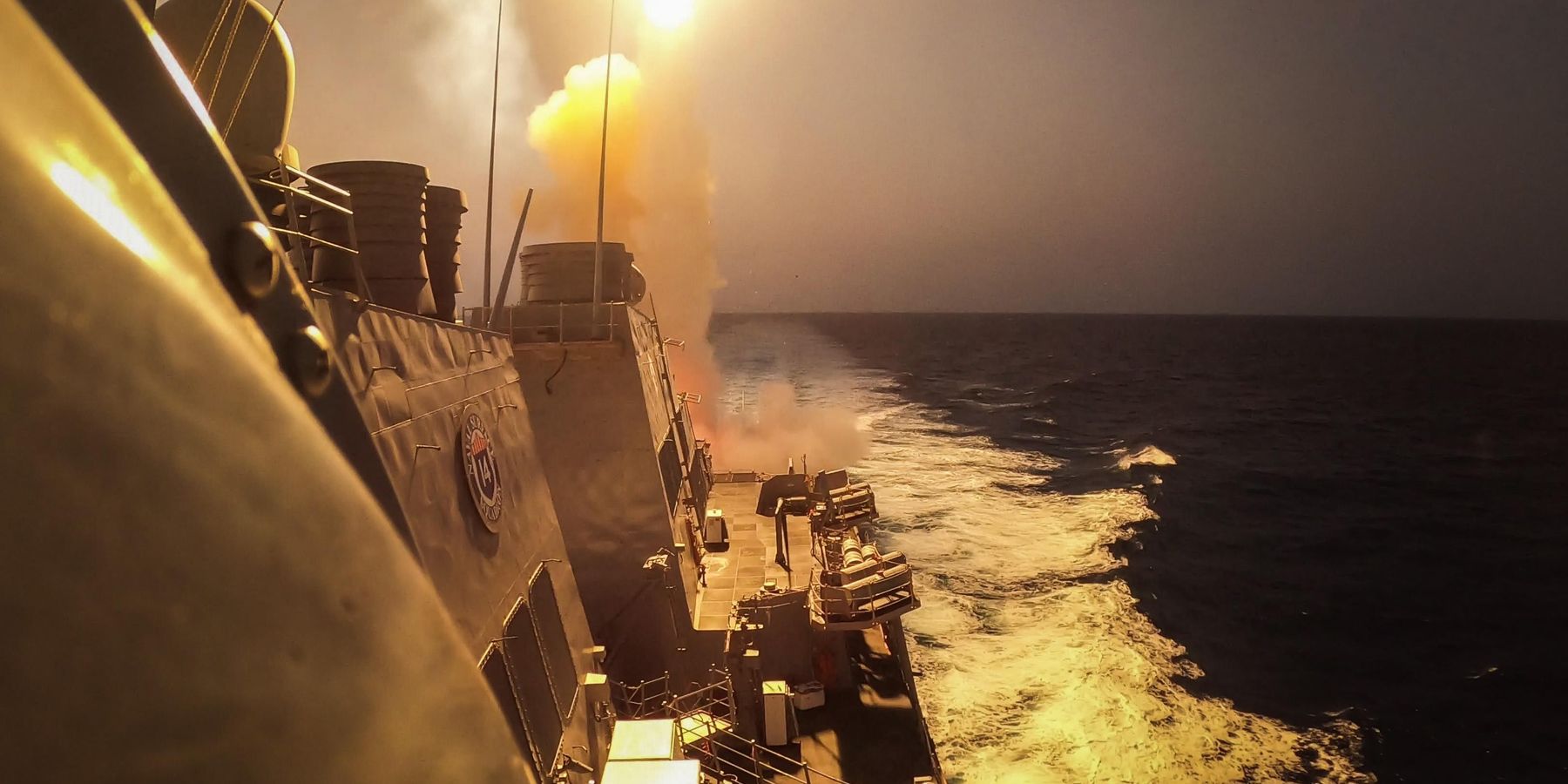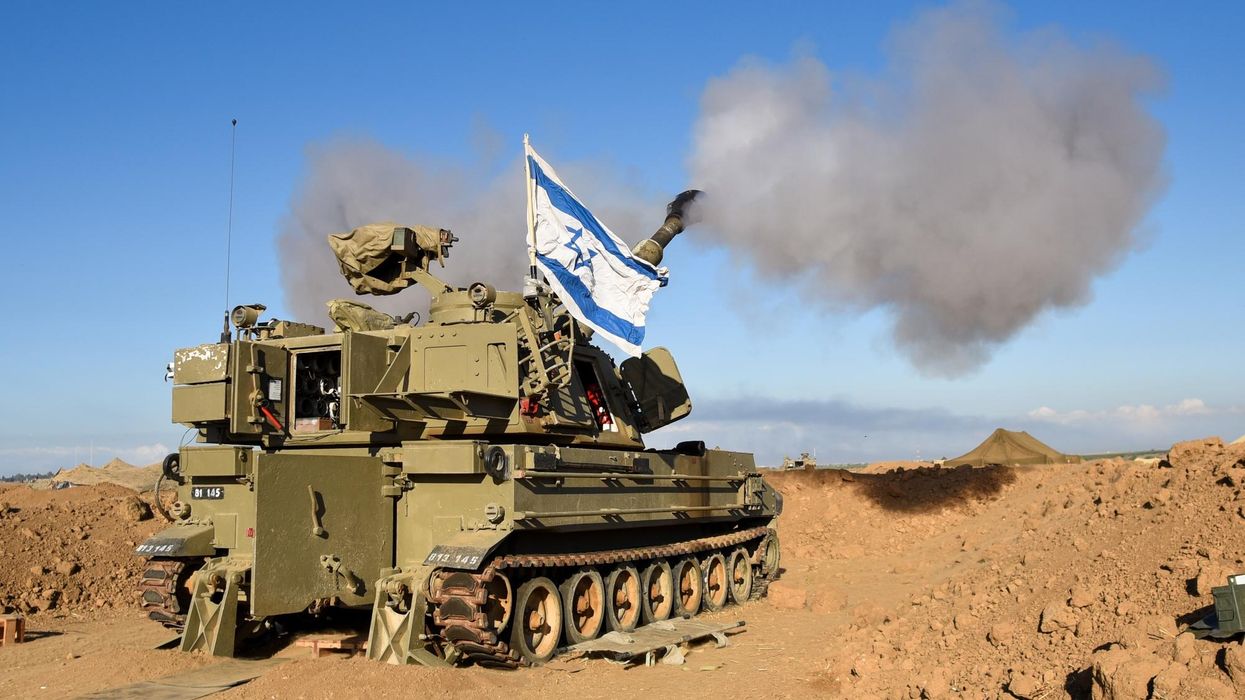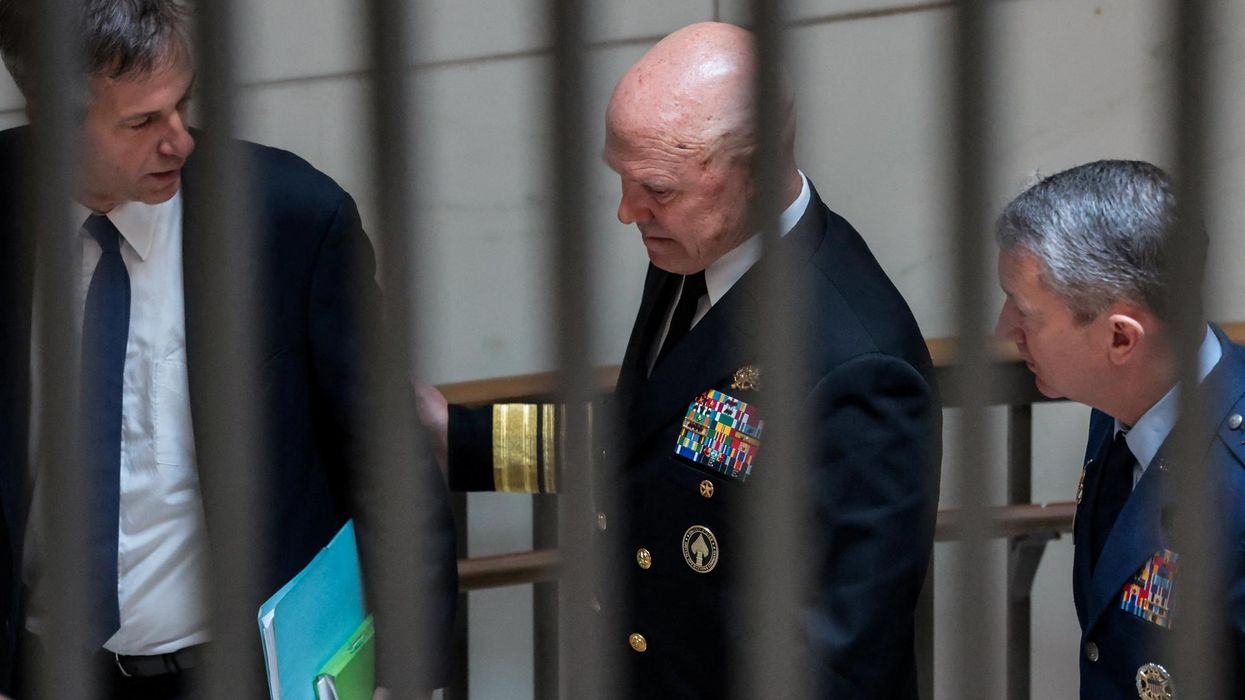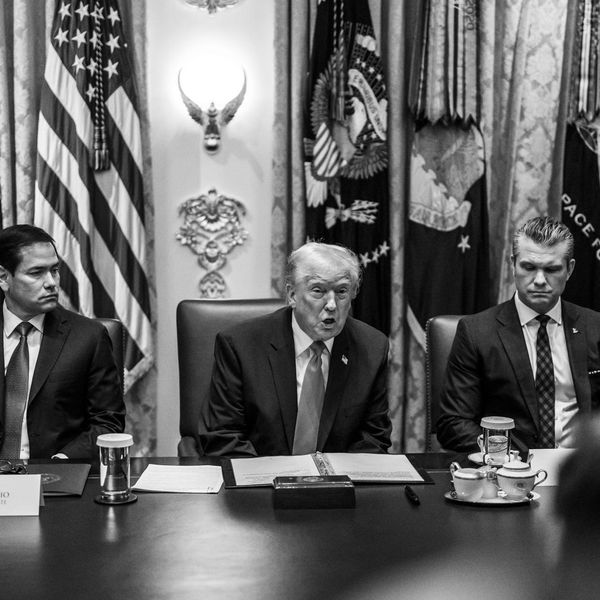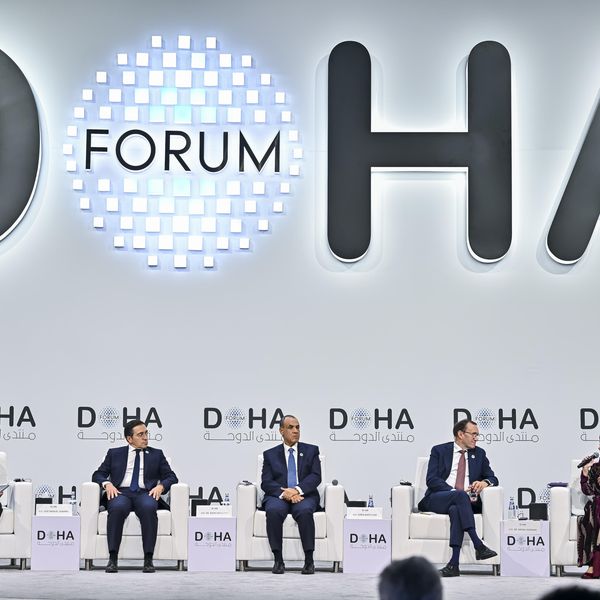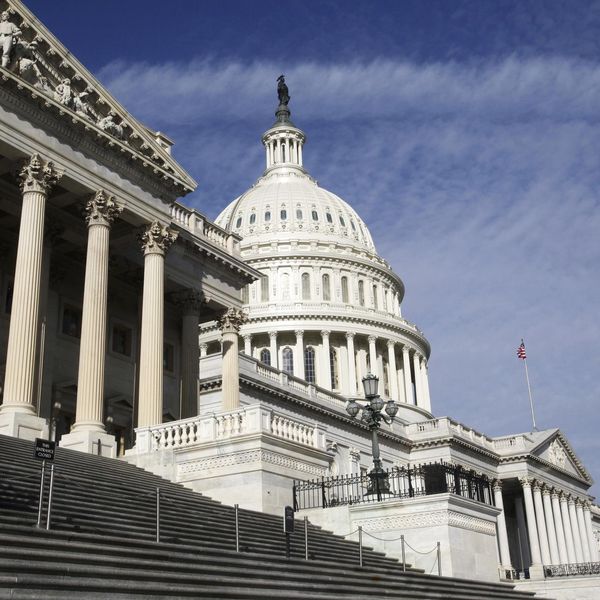The Houthis are creating a global shipping crisis as they draw support and tribute from other Muslim countries and peoples for standing up for Palestinians in Gaza. But how far will it go before the West punches back in defense of “world trade” and regional security?
On December 18, the Department of Defense announced the formation of Operation Prosperity Guardian. The ten-nation force aims to ensure maritime security in the Red Sea and the Bab al-Mandeb, which is a shipping chokepoint between the Red Sea and Gulf of Aden. Since October 7, the Houthis have launched more than a hundred armed drone and missile attacks — including several aimed at US warships on Saturday — claiming that they are targeting any and all vessels with links to Israel.
These threats have caused global shipping companies to divert away from the Red Sea. Many are now sailing around the Cape of Good Hope, which can add over a week to sailing times and as much as 20% to shipping costs.
The diversions are also impacting Egypt’s fragile economy. Tolls from the Suez Canal are a significant source of hard currency for the Egyptian government. Additionally, the Israeli port of Eilat has seen its revenues decline by 80%.
While the global costs of the Houthis’ attacks on shipping are steadily increasing, the attacks are paying hefty political and even strategic dividends for the Houthis, who appear to be winning on the public relations front both in and outside Yemen. In Yemen, support for the Houthis, even among some enemies, has increased. In many other Muslim nations, the Houthis are viewed as being “the only Muslim group standing against Israeli aggression.”
The high profile attacks, including the hijacking of the Galaxy Leader, have stoked national pride among many Yemenis. The Houthis’ sophisticated strategic communications operations draw all of these attacks to the attention of domestic and international audiences. According to Yemeni sources who spoke to this author, this has supercharged recruitment for the Houthis and has also led to an influx of donations to the war effort from Yemeni businesses and individual citizens. The attacks are also a demonstration of the Houthis’ geographical reach and of their emergence as a regional power.
The only negative consequence of the anti-Israel campaign, at least so far, has been a reduction of the number of ships docking in the Houthi-controlled ports of Hodeidah and Salif. Yemen imports well over 90% of its food and a majority of the imports arrive via Hodeidah. Duties and taxes arising from the port are an important source of revenue for the Houthis. Reduced dockings at Hodeidah and rising maritime insurance costs will begin to bite, too.
However, it is the Yemeni people who will pay the heaviest price. The Houthis enjoy multiple revenue streams which include everything from a range of efficiently collected taxes, the seizure of businesses and properties, to interests in illicit activities that range from human and arms trafficking to the manufacture and distribution of various drugs.
The Houthis are hardwired for resilience and adaptability. Nearly two decades of war have honed the Houthis’ war fighting capabilities. After the effective fall of the Yemeni government in September 2014, the Houthis further enhanced these capabilities by grafting their organization into what remained of the Yemeni military and intelligence services. Since 2014, the Houthis have systematically taken over almost every aspect of civil governance, security, education, and the economy in northwest Yemen.
While the Houthis were and remain one of the finest guerrilla fighting forces in the region, if not the world, their success on and off the battlefield in Yemen has been aided by the ineptitude and disunity of their enemies. Yemen’s Internationally Recognized Government (IRG) and the cobbled together Presidential Leadership Council (PLC) have consistently failed to unify the dozens of militias that operate in those areas outside Houthi control.
Additionally, the IRG has failed to reign in endemic corruption. A considerable portion of the Houthis’ arms and materiel comes from what Saudi Arabia and the UAE provide to their proxies in Yemen. Many of these Saudi and Emirati supported militias sell weaponry into Yemen’s thriving arms market where the Houthis or their agents buy the weapons. This is not to argue that there isn’t corruption within the Houthi organization. There is. However, the corruption is managed and largely limited to senior members of the organization. The Houthis exercise tight command and control over their arsenals, weapons assembly facilities, government ministries, and a burgeoning economic empire in Yemen. Northwest Yemen has never had a more efficient or brutal government than the current Houthi-led regime.
Since October 7, the U.S. and its allies have focused on defensive measures aimed at intercepting the Houthis missiles and drones. The costs of these measures are steadily increasing. The U.S. and its allies cannot easily continue to expend large numbers of scarce multimillion-dollar missiles to take out drones that can cost as little as a thousand dollars. The Houthis have factories, many of which are located in hard-to-target dense urban areas, which can manufacture — supplies permitting—dozens to hundreds of low-end drones per week.
More sophisticated drones are produced at a slower pace, but the Houthis can still assemble several hundred of these over the course of a few months. While the Houthis have and continue to receive assistance and materiel from Iran, almost all the Houthis’ drones and missiles are assembled in Yemen. The Houthis are also increasingly focused on modifying and adapting Iranian designs for missiles and drones to suite their own particular requirements.
To date, the Houthis have only used a fraction of the armed drones and missiles that they currently possess. Nor have the Houthis made use of their more sophisticated longer-range drones and missiles. The Houthis also possess large numbers of naval mines, including hard to detect influence mines.
The U.S.-led collation of ships that is now assembled in the Red Sea and Gulf of Aden, combined with the on-shore assets in neighboring countries, possesses enough firepower to degrade the Houthis’ military capabilities, at least over the short term.
However, such a campaign will need to be sustained for what could be months and will come at a tremendous cost for all involved. The Houthis are masters of asymmetric warfare—as clearly evidenced by their Red Sea campaign—and will respond to U.S.-led strikes by attacking energy infrastructure in Saudi Arabia and the UAE. The Houthis will also deploy more sophisticated missiles and armed drones. While U.S. and coalition warships will likely be able to defend themselves against these weapons, commercial shipping, especially tankers, will be increasingly vulnerable. The Houthis have already effectively closed the Bab al-Mandeb to many global shipping companies. Higher-intensity conflict in and around the Bab al-Mandeb could mean that Red Sea shipping traffic is diminished—or even stopped altogether—for months.
The Houthis have largely achieved their objectives: impose costs on Israel and its allies, demonstrate their regional reach, and bolster domestic support. The U.S. and its allies have no good options when it comes to dealing with the Houthis. Apart from acting to constrain Israel’s unrelenting offensive in Gaza, the only way of avoiding entering an escalatory loop is for the U.S. to continue to support Saudi and Omani led efforts aimed at reining in the Houthi’s threats and attacks.
Yet, at the same time, the Houthis only respect force. The current U.S. response is viewed as toothless by the Houthis, and many other nations and non-state groups will view the response or lack thereof in the same way. The conflict in the Red Sea is a harbinger of what the future holds as the diffusion of low-cost but increasingly capable weapons systems continues. The U.S. and its allies are inevitably going to face more and more situations in which there are no good options as the asymmetry between high and low-cost weapons systems increases.
- Houthis are playing with fire. But who gets burned? ›
- The cost of US fighting Houthis in the Red Sea just went up ›
- US strikes Yemen again, but Houthi attacks keep coming | Responsible Statecraft ›
- Bombing isn’t the only way out of the Houthi crisis | Responsible Statecraft ›
- Houthis were seconds away from hitting US destroyer: Report | Responsible Statecraft ›
- The EU’s flagging credibility in the Middle East | Responsible Statecraft ›
- Senators grill officials: are your attacks on Houthis even working? | Responsible Statecraft ›
- The enduring problem with proxies | Responsible Statecraft ›
- An illegal war with Houthis isn't stopping the Red Sea crisis | Responsible Statecraft ›
- The US military's anti-Houthi campaign still isn't working | Responsible Statecraft ›

